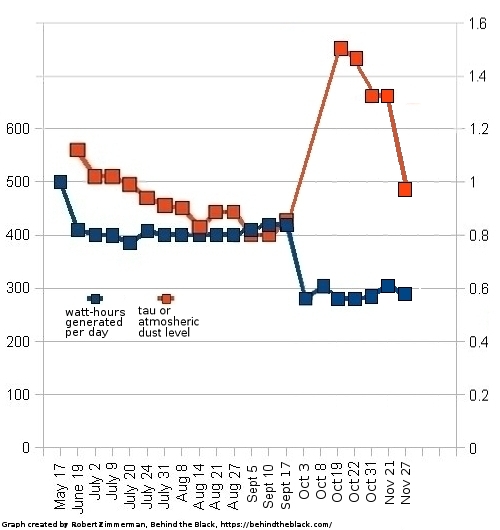The uncertainties surrounding India’s proposed first manned mission
Link here. The article does a nice job of outlining the program, dubbed Gaganyaan, as well as the many issues that has caused the first launch to be delayed more than three years.
The key quote however is this:
Despite the government claiming that there would be no delays due to Covid, the first uncrewed flight was rescheduled from 2020 to 2021 and then again to 2022. The dates were once again revised to late 2023 or early 2024, announced Union minister of state for science and technology Jitendra Singh in September this year. [emphasis mine]
The highlighted claim is quite amusing, considering how India’s government space agency ISRO shut down entirely because of the Wuhan panic for more than two years, and remains somewhat dormant even now. As a result of that panic, ISRO lost almost its entire commercial market to American companies.
Read the entire article. It summarizes the state of Gaganyaan in good detail, which also implies that a first launch in ’24 remains questionable.
Link here. The article does a nice job of outlining the program, dubbed Gaganyaan, as well as the many issues that has caused the first launch to be delayed more than three years.
The key quote however is this:
Despite the government claiming that there would be no delays due to Covid, the first uncrewed flight was rescheduled from 2020 to 2021 and then again to 2022. The dates were once again revised to late 2023 or early 2024, announced Union minister of state for science and technology Jitendra Singh in September this year. [emphasis mine]
The highlighted claim is quite amusing, considering how India’s government space agency ISRO shut down entirely because of the Wuhan panic for more than two years, and remains somewhat dormant even now. As a result of that panic, ISRO lost almost its entire commercial market to American companies.
Read the entire article. It summarizes the state of Gaganyaan in good detail, which also implies that a first launch in ’24 remains questionable.











